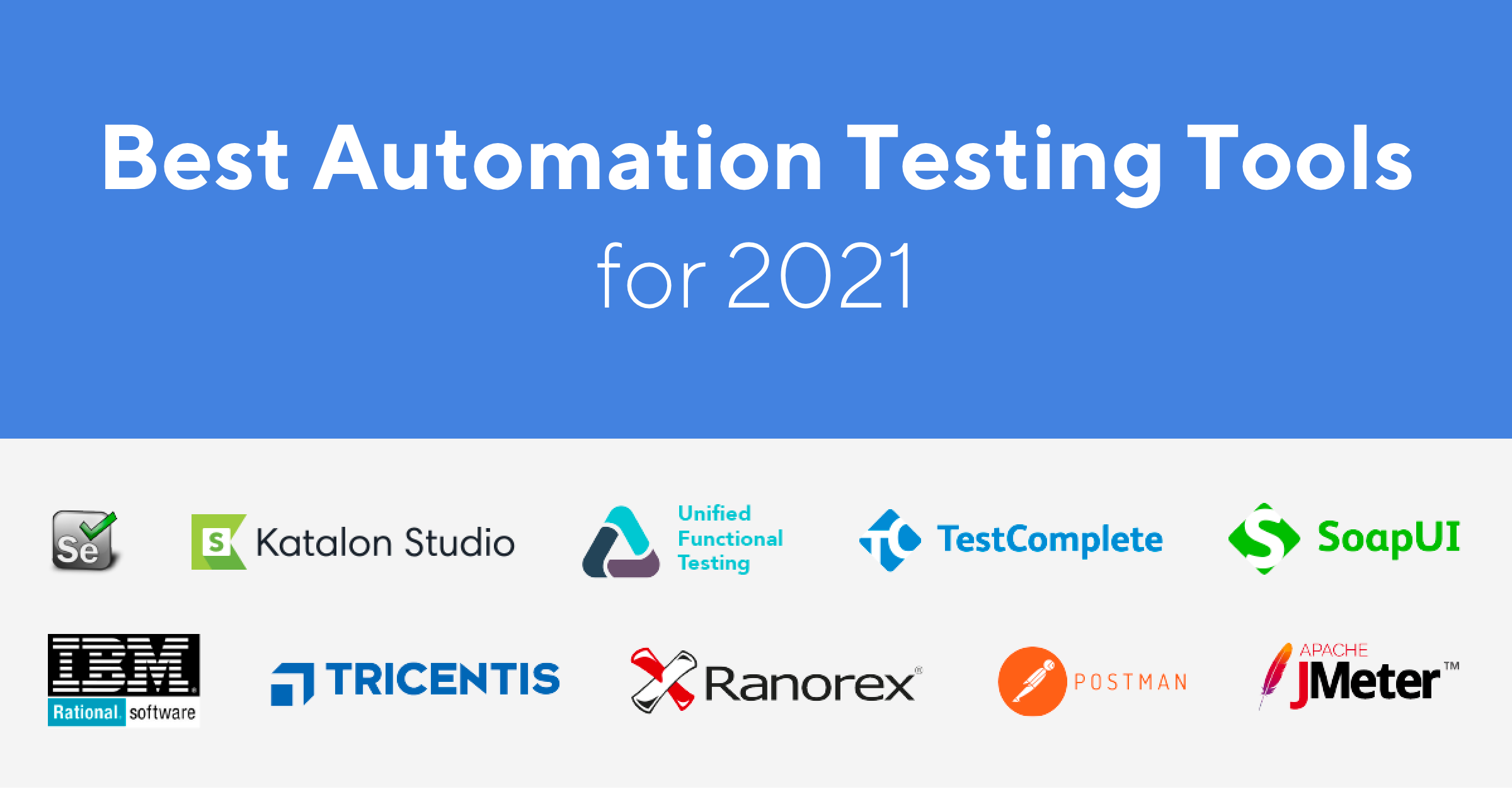5 Best Automation Testing Trends in 2021
The covid-19 pandemic caused several companies to go 100% digital in 2020, accelerating digital transformation, and porting to apps and software became the only means to serve customers.
A recent Applitools survey portrayed that the exponential increase in the companies moving towards digital transformation has made it more herculean to maintain quality. There is a need to cover an average of 300,000 pages and screens daily for a normal app.
This necessity of satisfactory interaction with all sorts of customers is likely to draw greater investments by entrepreneurs into software and automation testing. Reaching out to each and every consumer is important.

1) Accessibility testing:
The need for accessibility testing will grow significantly in 2021. Individuals who are specially-abled (disabled) are largely dependent on digital services, now more than before for all sorts of quotidian tasks (education, shopping, managing finance, healthcare, etc.) Greater investments in this testing will provide a more consumer-friendly approach, and it will broaden the target audience of these institutions.
Increased digitization will also cause everyone to move towards cloud-based solutions.
2) Cloud-based automation development and testing
According to an article on PWC.com, cloud spending rose 37% in the first 3 months of 2020, and the trend is likely to persist and grow further in 2021. The transition to virtual work will underscore the desperate need for secure and cost-effective-off premises technology.
A crucial driver in the transition will be automation, more and more companies will begin utilizing cloud-hosted testing platforms to run against all devices used by the customer.
This will be followed by the requirement of automating tests, including:
- Security testing
- Performance testing
3) AI-based software assistance
When companies get accustomed to Cloud based development, there will also be an increase in AI cloud platforms like Google Cloud and Amazon Web Services. (AWS)
Users visit websites, expecting that all their queries will be answered. Smart, AI-powered technology, like artificial intelligence (AI) chatbots, or customer sentiment analysis, speech recognition technology, and machine learning, can help enhance user experience.
Artificial intelligence can be expected in more testing zones- most of which are related to analytics and reports.
For example:
- Log Analytics: To discover exceptional test cases that necessitate both manual and automated tests.
- Defect analysis: Detect app areas and defects that tie to company risks.
- Predictive analysis: Estimate key parameters and specifications of end-customer’s behaviors and discover app areas to concentrate on.
- Confirms test needs coverage: Taking out essential keywords from the RTM (Requirements Traceability matrix)
4) Observability
Observability is defined as “a measure of how well internal states of a system can be inferred by knowledge of its external outputs.”
Honeycomb.io explains its observability tool like this, “When environments are as complex as they are today, merely monitoring known problems doesn’t address the growing number of issues.”
These new issues are “unknown unknowns,” meaning that the problem isn’t identified without an observable system, and there is no standard starting point to find the same. Observability aims to develop the app in a way that the data is both relevant and explorable. It also gives you a picture of the system’s current health and can replace certain types of testing.
When one cannot predict the questions, one is also unable to predict the information needed to answer the said question.
5) Codeless automation testing
Codeless automation tools are built on visual modeling, enabling the accelerated formation of test cases that cater to test automation. The growing adoption of codeless automated testing tools will be one of the trends of 2021.
Here are some advantages of codeless automation testing:
Simple to review: Since the test cases are generated without any code, these are readable to individuals who do not understand coding. These test cases will be reviewed effortlessly by all sorts of stakeholders in the project.
- Save resources: Codeless automated tests will mean that the engineers will not need to learn new coding languages. Thus resources, costs, and time will be effectively saved.
- Efficient: Considering that the learning curve is steady and slow, the test case does not need complex syntax, the test case formation is relatively rapid and accelerates the overall automation in the process’s efficiency.
Conclusion
With new sorts of automation and software appearing daily in the market, it is necessary to make amendments in the interests of all businesses, customers as well as automation testers.
Change is the law of life. While the above automation tests are going to be one of, if not the most quintessential tests, it is imperative to adapt to them as soon as possible. The future is not going anywhere, so it is critical to stay ahead of it. If you do not want to get left behind, read articles from IP Router Login and embrace these new trends.


